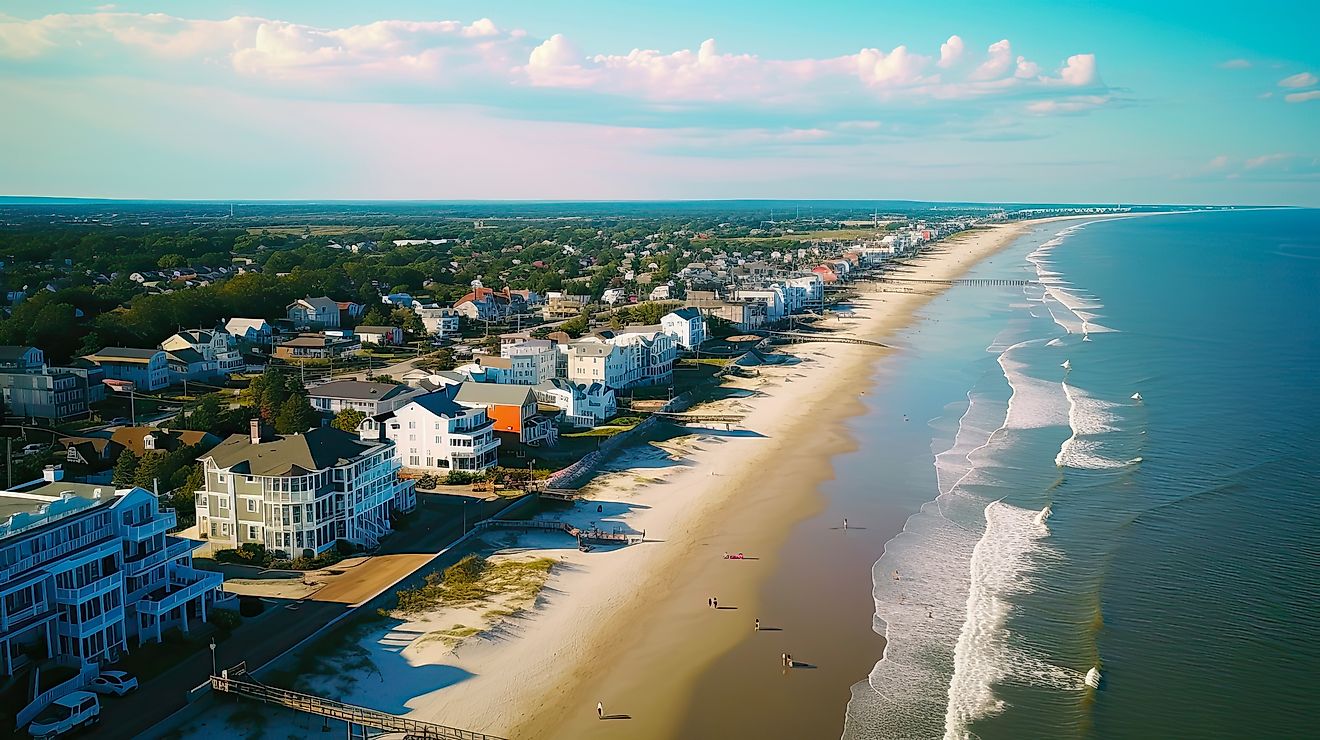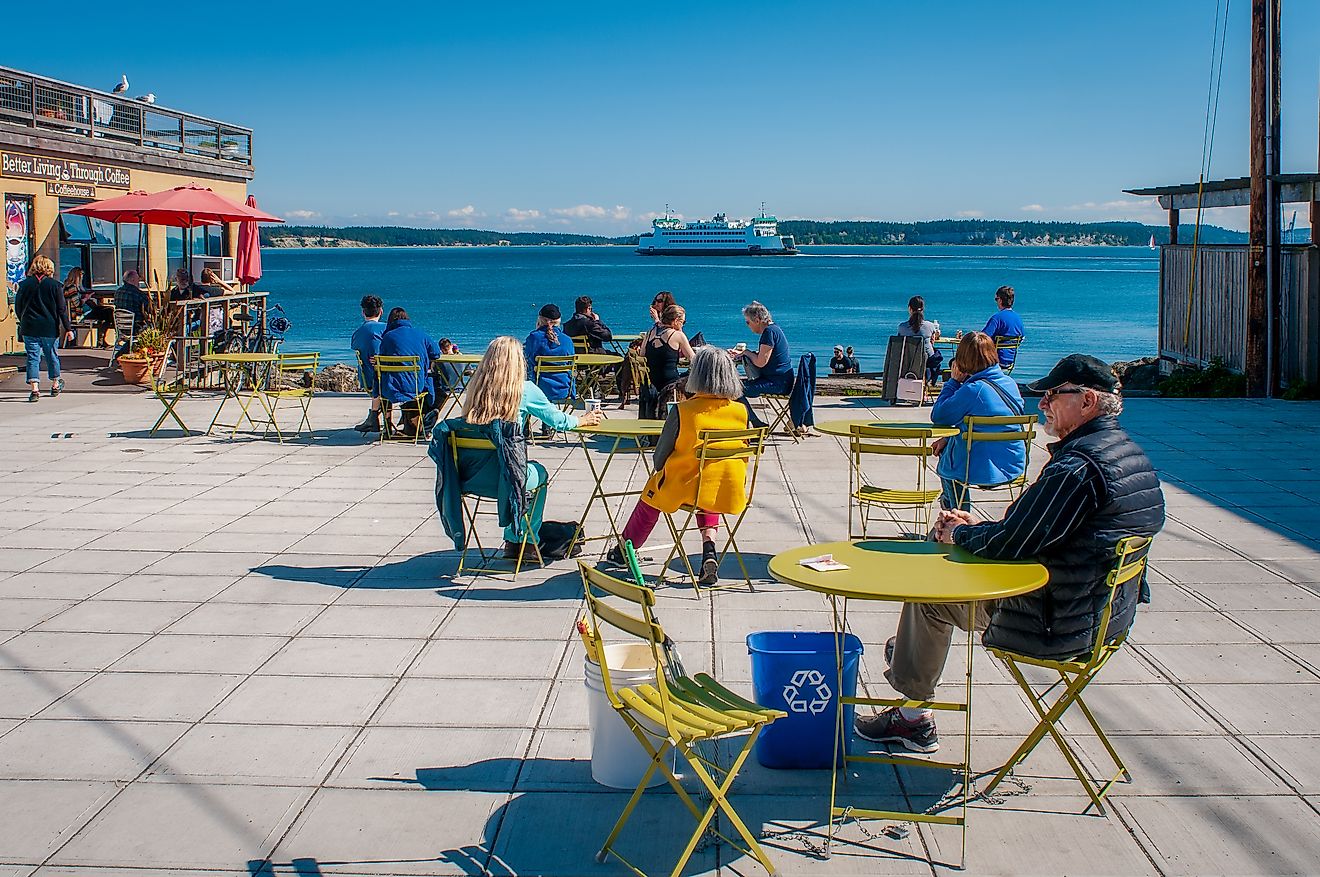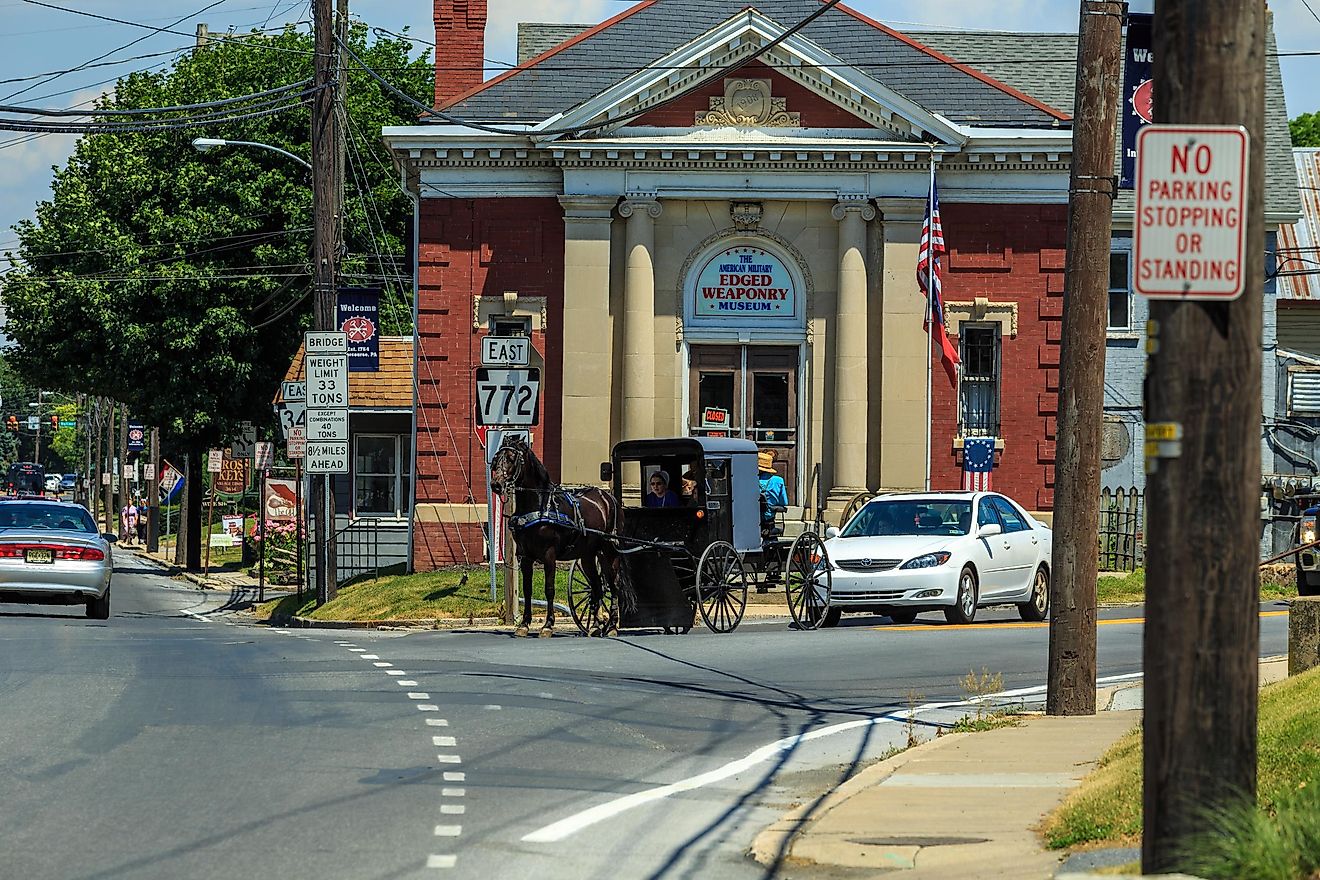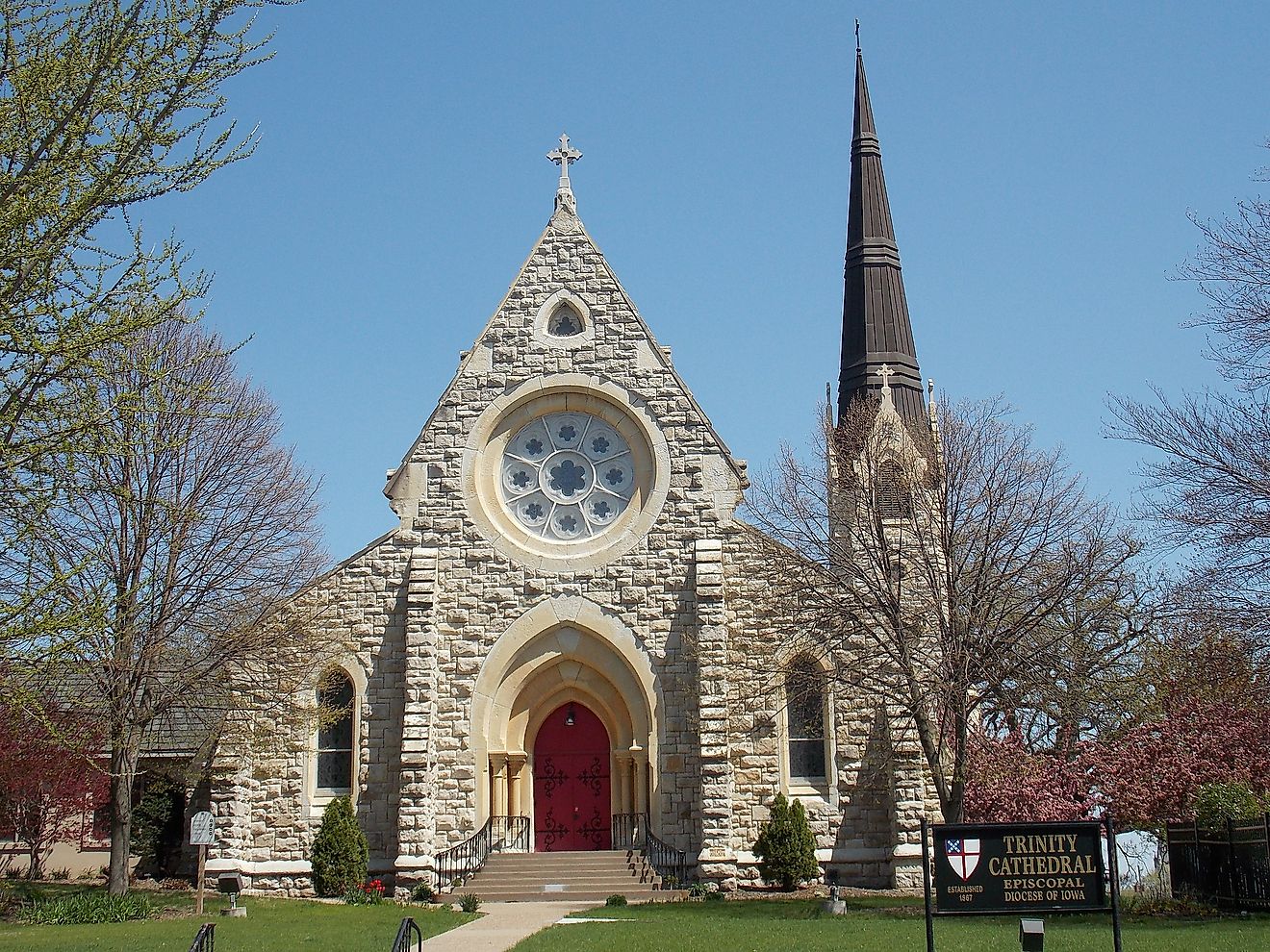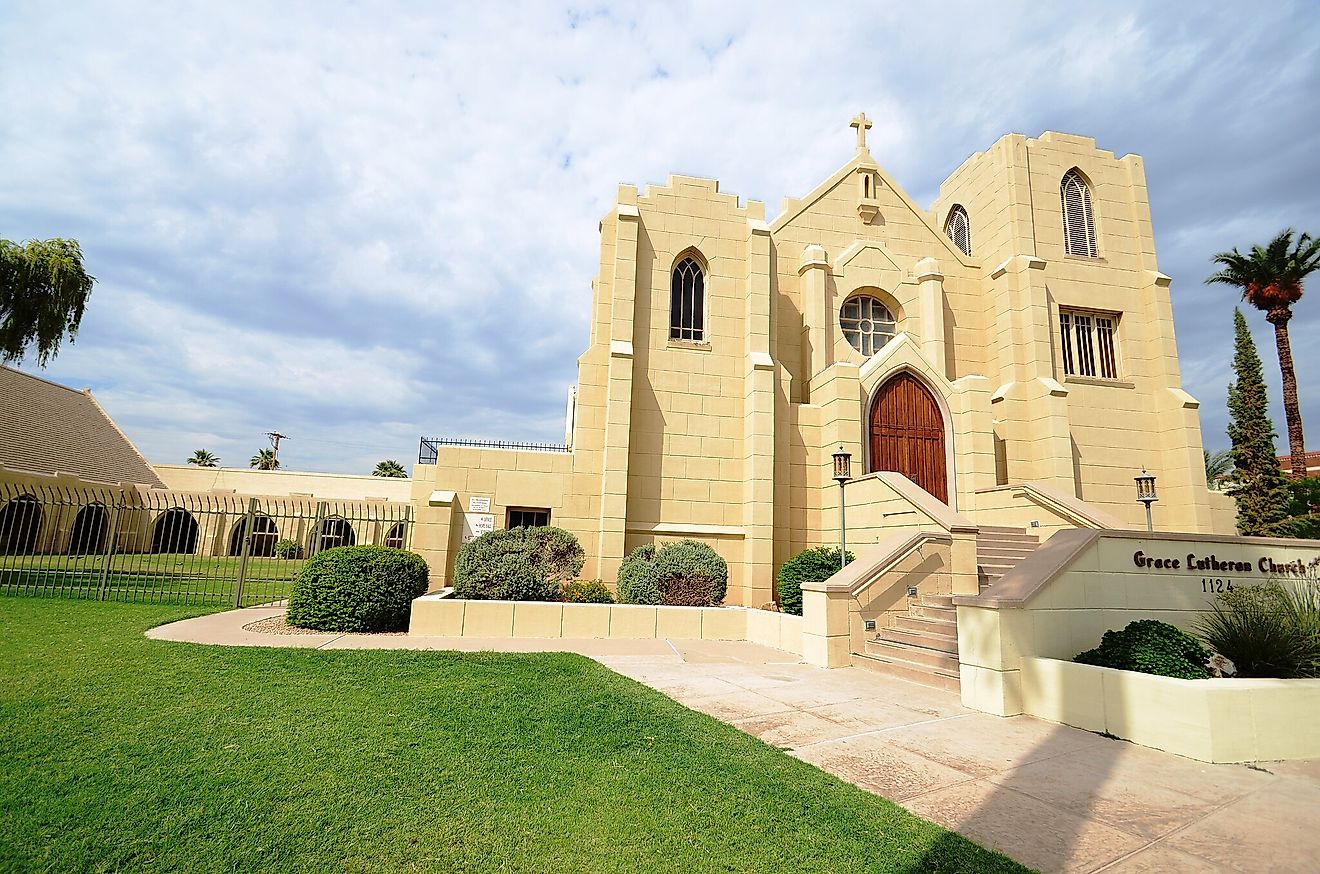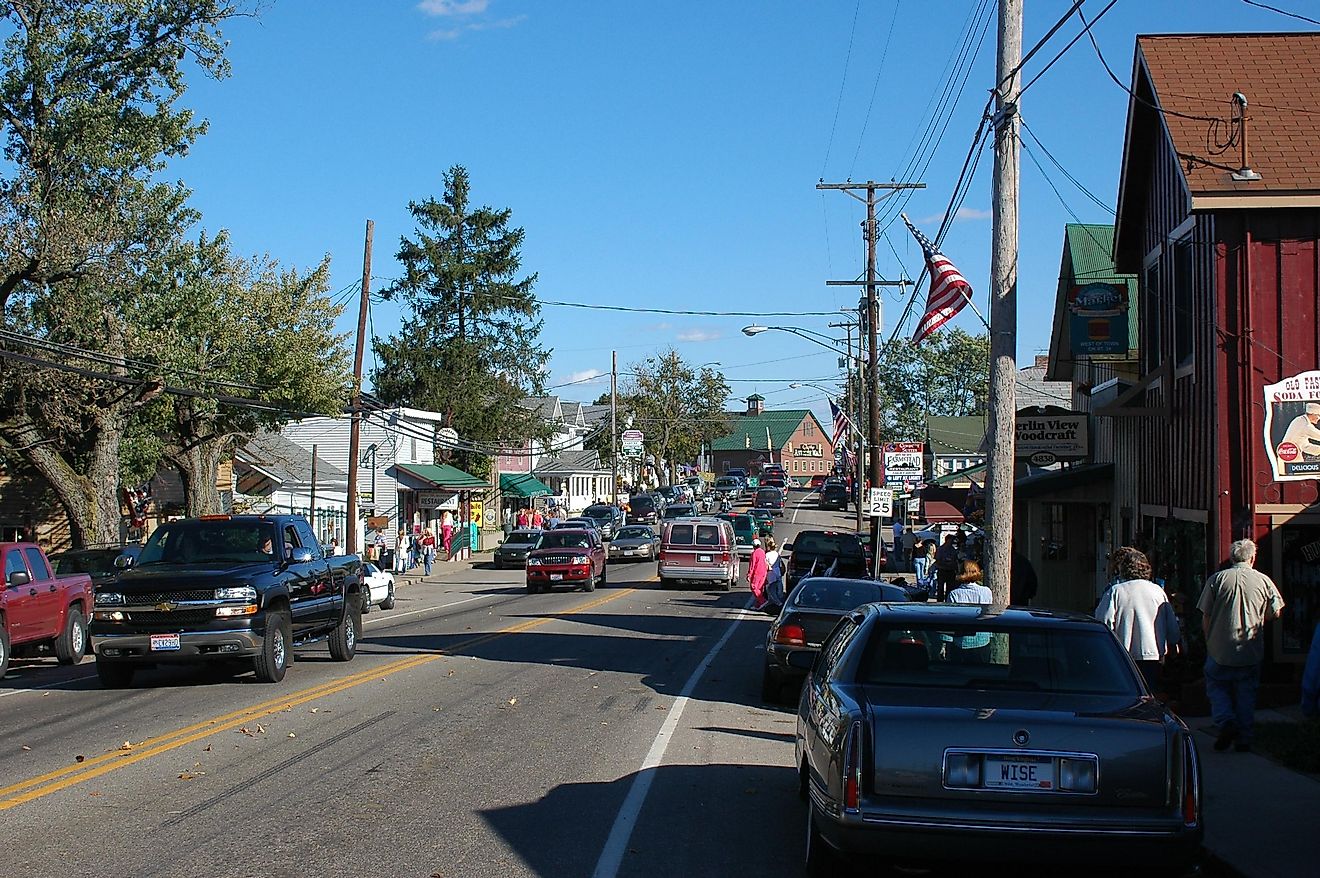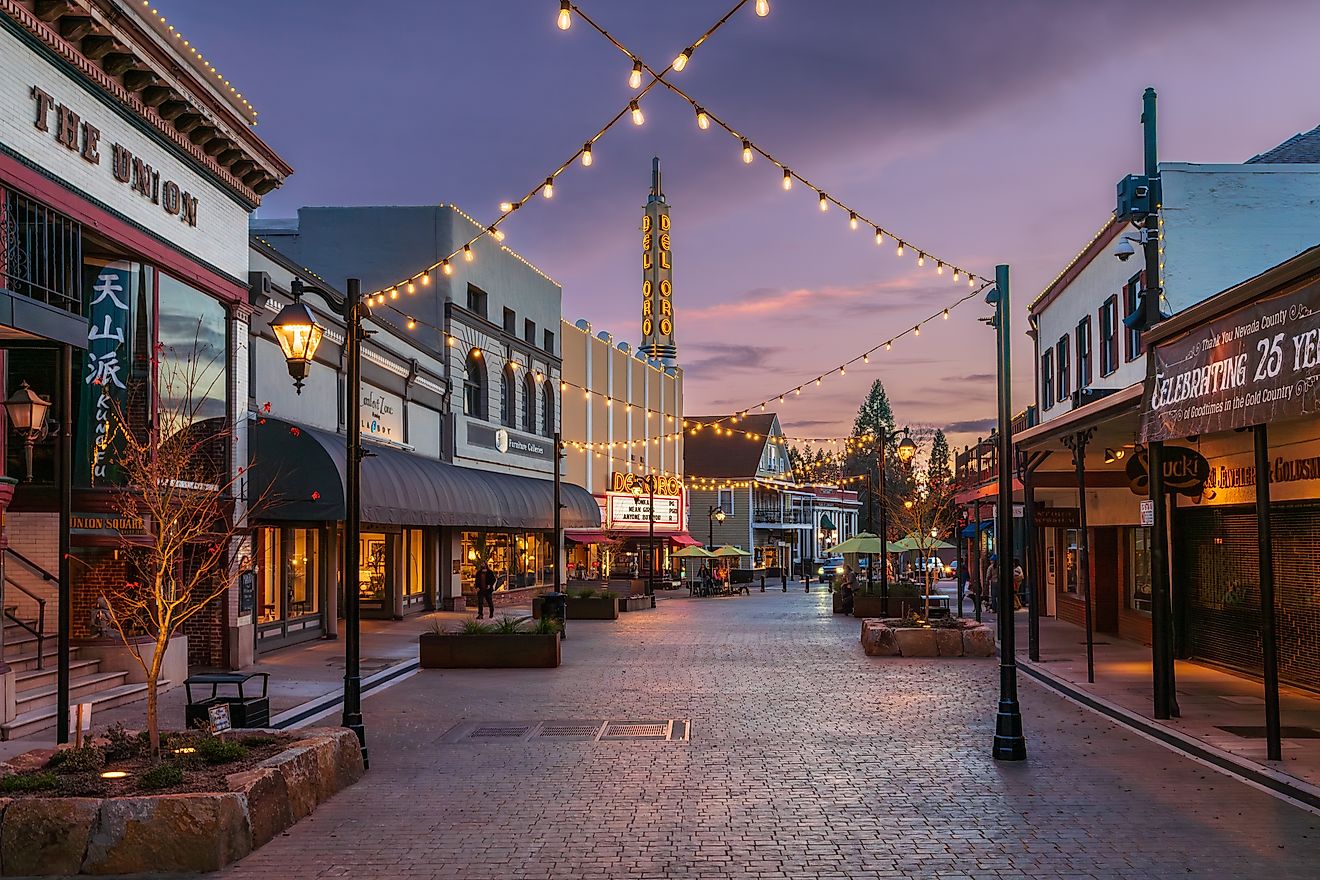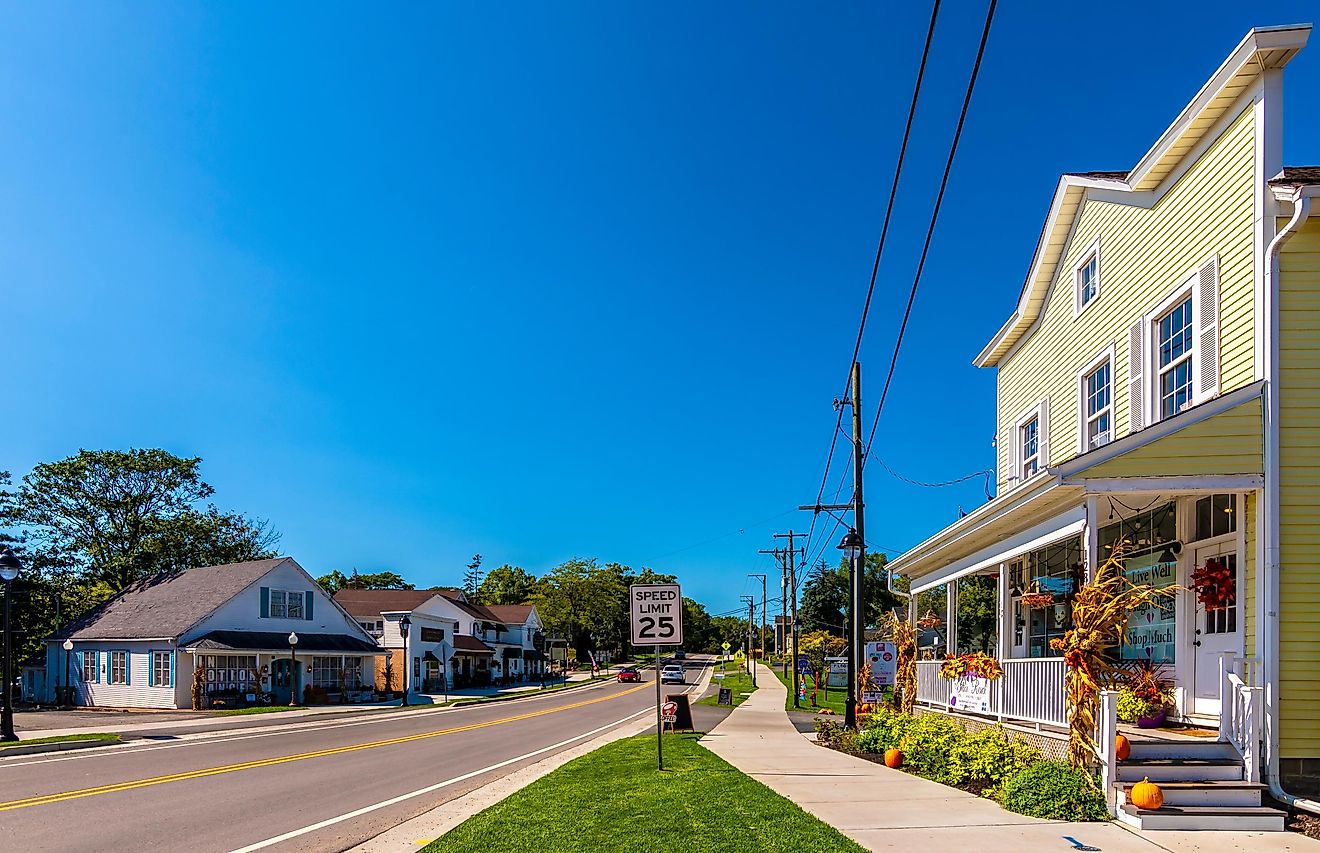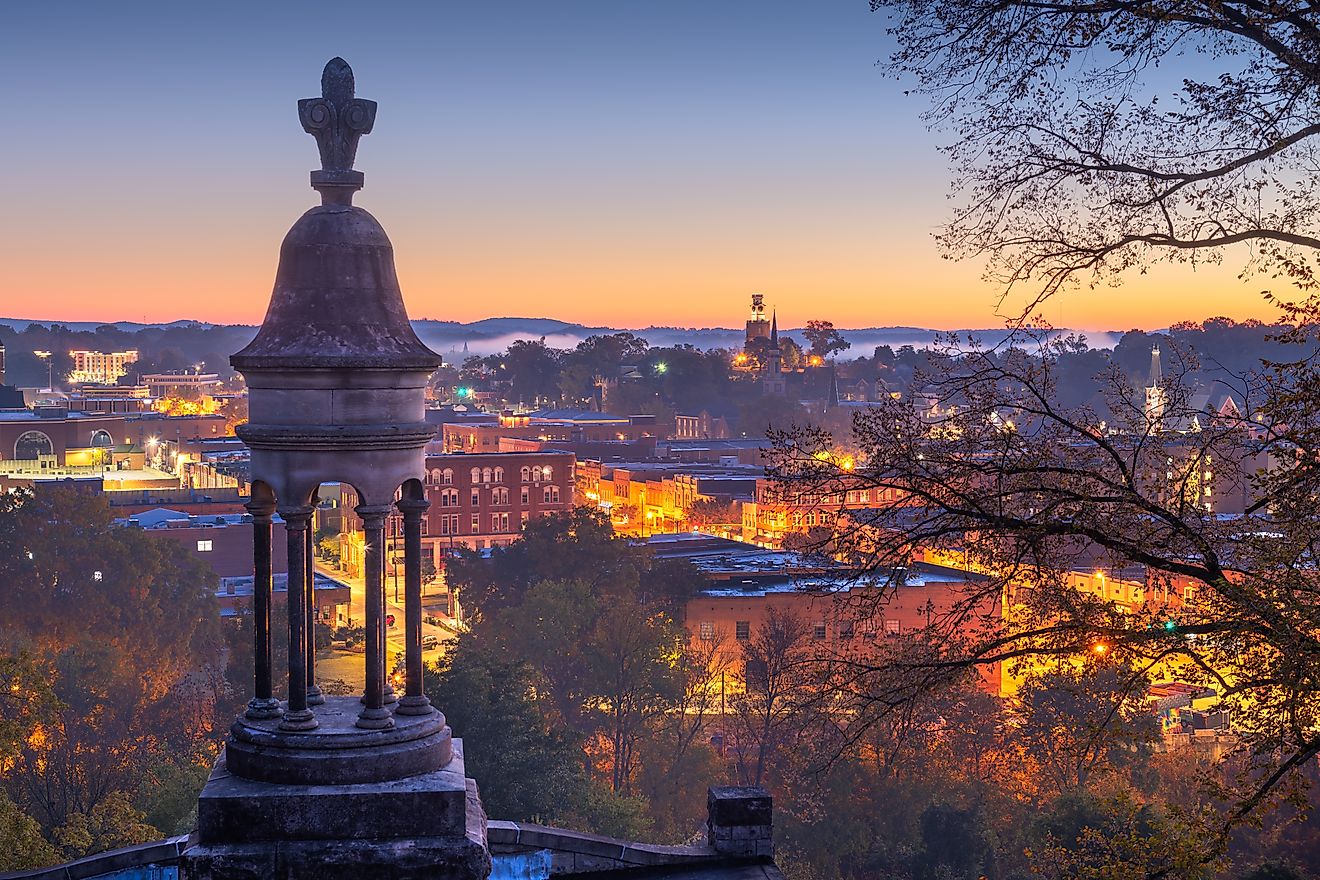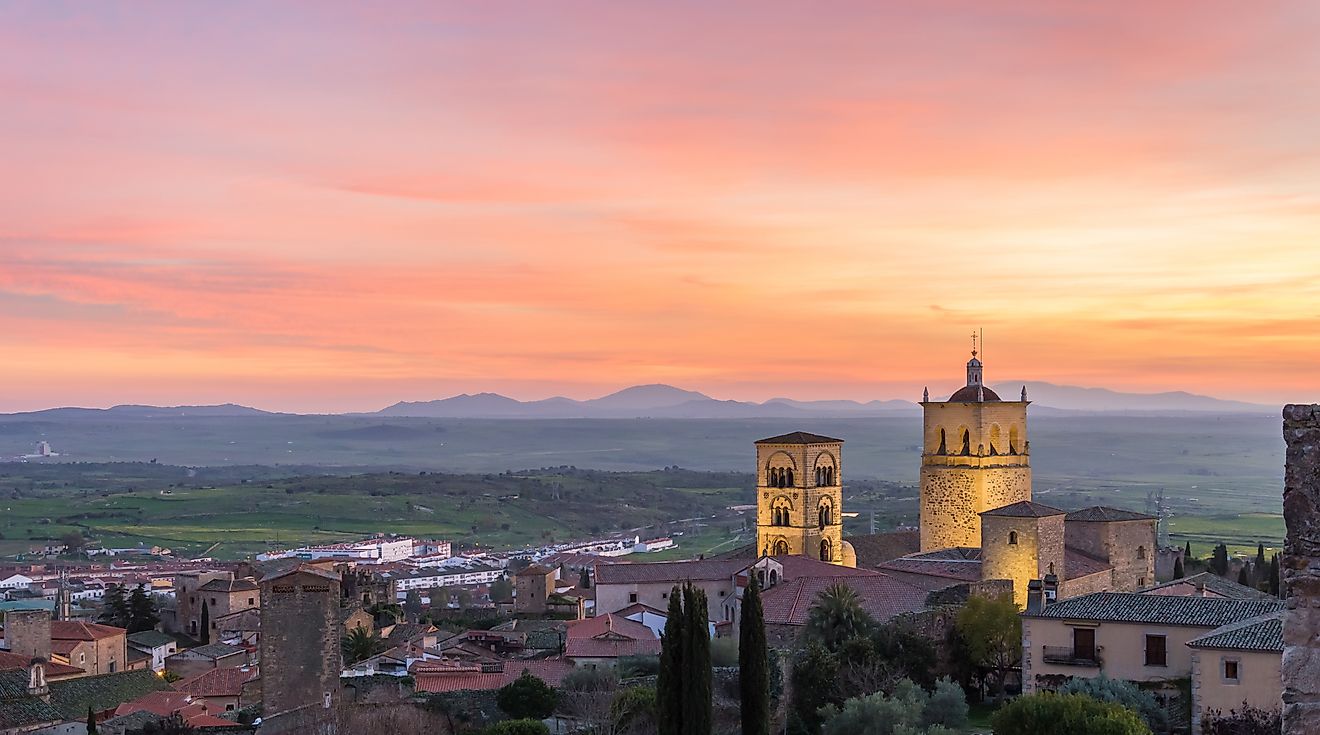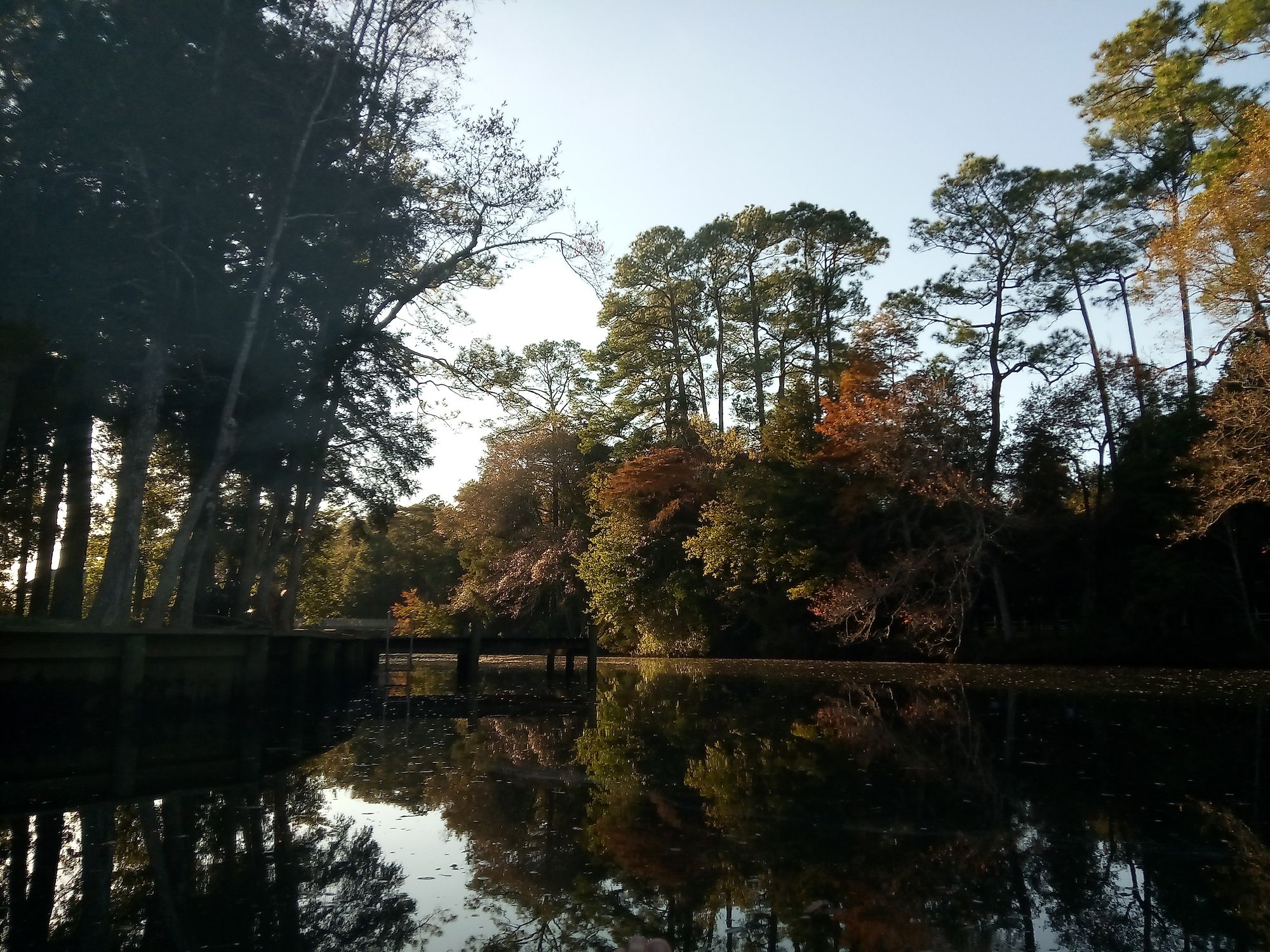
Magnolia Springs, Alabama
Magnolia Springs is a small town situated at the headwaters of the Magnolia River in the southern Baldwin County in the US State of Alabama. The town’s name refers to the large number of magnolia trees that grow in every residential garden of the town and the ever-flowing natural springs. Magnolia Springs is well-known for its “southern charm” and is managed by a city-council form of government.
Geography Of Magnolia Springs
The town of Magnolia Springs covers a total area of 2.49 sq. km, of which 0.16 sq. km is occupied by water and 2.33 sq. km is occupied by land. The town forms a part of the Daphne-Fairhope-Foley Micropolitan Statistical Area and is located approximately halfway between the city of Fairhope and the city of Gulf Shores. The beautiful Magnolia River flows through the heart of the town and serves as a significant resource for the residents of Magnolia Springs. The Magnolia River is also the only river route for mail delivery in the continental United States. The Country Road 49 runs in the north to south direction through Magnolia Springs and meets the US Highway 98 in the northern part of the town. The visitors to the town are charmed by its narrow tree-lined streets that are bordered by houses and well-tended gardens.
The Population And Economy Of Magnolia Springs
In 2019, the town of Magnolia Springs had a population of 968 people with a median age of 56.1. As of 2019, about 16 people (1.65% of the residents) of Magnolia Springs were born outside the country. The most common birthplace of the foreign-born residents of Alabama is Mexico, followed by Guatemala and India. The largest ethnic groups in Magnolia Springs are the non-Hispanic White representing 85.3% of the town’s population, the Hispanic White at 11.4%, other races at 1.45%, and both African Americans and Asians at 0.826%. All the households in Magnolia Springs speak English as their primary language, and 100% of the town’s residents are US citizens.
As of 2019, the median household income in Magnolia Springs was $63,295, and the median property value was $251,500. The average car ownership in Magnolia Springs was two cars per household. The largest industries in Magnolia Springs include Health Care & Social Assistance, Construction, and Retail Trade.
Tourist Attractions In Magnolia Springs
St Paul’s Episcopal Church
The St. Paul’s Episcopal Church is a historic church situated at 14755 Oak Avenue in the small town of Magnolia Springs. This historic church was built in the Late Gothic Revival Architectural style. On September 25, 1988, the St. Paul’s Episcopal Church was added to the National Register of Historic Places. In 2008, the church became a full parish of the Diocese of the Central Gulf Coast.
Governor’s Club
Also referred to as Brunell House, Governor’s Club is an early 20th-century resort hotel situated at 11866 Magnolia St. in the small town of Magnolia Springs. This resort hotel was initially constructed as part of several buildings on the estate of a Chicago businessman named Frank Brunell. In 1928, Brunell sold several acres of his property to a local businessman named Walter Richardson. Mr. Richardson, in turn, donated it to the Governor’s Club to set up a resort hotel. Built in the “Coastal Cottage” architectural style, the Governor’s Club was added to the National Register of Historic Places on August 31, 2000.
Brief History Of Magnolia Springs
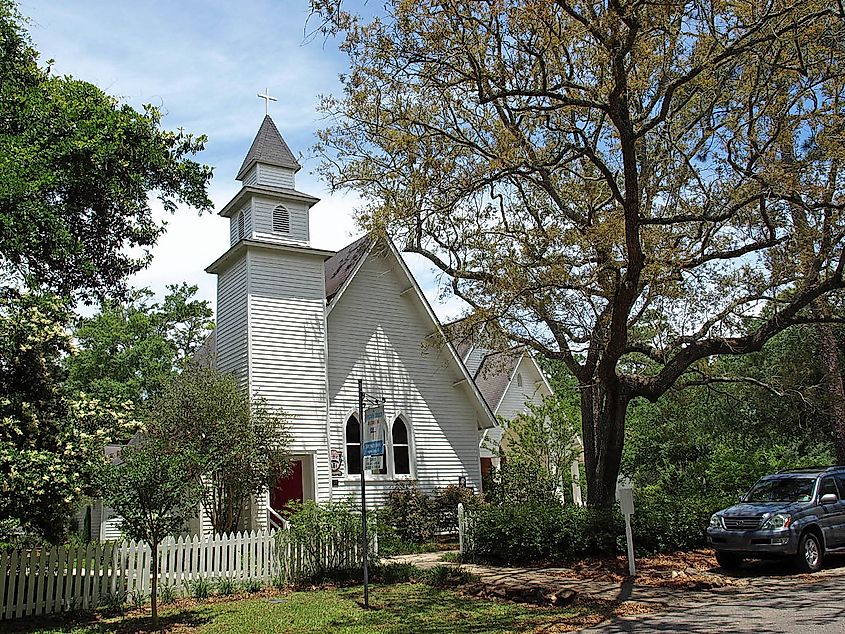
The land of the present Magnolia Springs area initially belonged to the indigenous Creek Nation. In 1800, the town of Magnolia Springs was colonized as a part of a Spanish land grant. After the American Civil War, this small town became a popular destination for the families and descendants of the soldiers who had fought on both sides. In due course, many houses, inns, and businesses were set up along the banks of the Magnolia River. Later, many people from the New England states also joined with the native Alabamians to build homes along the Magnolia River. A turpentine distillation once served as the largest enterprise in the area, and in 1865, the owners burned these stills to prevent them from being taken over by the Union forces at the end of the Civil War. Around the 1900s, many chemical companies in Chicago started testing water samples from the natural springs located along both sides of the river. The companies declared the waters of the springs to be the “purest in the world.” The town’s name thus refers to these ever-flowing natural springs and the large number of Magnolia trees that grow in the town’s residential gardens. The town’s streets are also lined by giant oak trees and several other flowering plants. The town of Magnolia Springs was officially incorporated on June 29, 2006.
